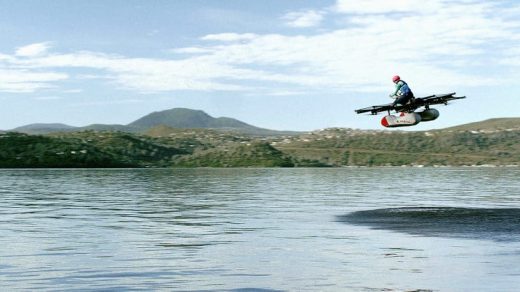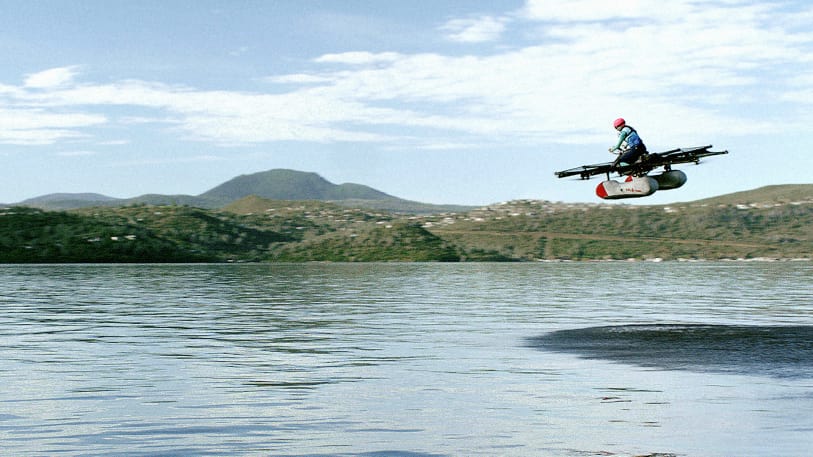Imagine A World With Empty Roads But With Skies Jammed With These Flying Vehicles
“For those of us who commute, we’ll spend over a year of our lives stuck in traffic.” So said engineer Todd Reichert as he introduced an alternative at TED 2017: a 100% electric flying vehicle under development now. A recreational version of the vehicle, called the Kitty Hawk Flyer, is expected to launch in late 2017.
Using electronic sensors similar to those found in cell phones, the device controls and stabilizes eight electric rotors. “With this kind of control, we can make flying as simple as playing a video game, using a very similar set of joysticks,” Reichert says. The vehicle, with room for one person, is designed to make it possible for anyone to learn to fly in minutes.
Rapidly advancing battery technology makes it possible to run the vehicle on electricity. “We’re just crossing this threshold now where [batteries] start to make sense for flight,” he says. “This is incredibly exciting for us–it opens up an entirely new set of design possibilities. We can design with multiple, small, lightweight electric motors in a variety of different configurations.”
The first version of the vehicle, classified as an “ultralight” aircraft, somehow doesn’t require a pilot’s license and can avoid complex regulations. With current battery technology, it can fly about 15 miles before it needs to be recharged, though that range will increase as batteries continue to evolve. For now, it’s designed to be flown only above water, at a low height, to keep it as safe as possible. But the team plans to rapidly iterate other models that they want to be used more widely–and over city streets.
The Flyer takes off and lands vertically, like a helicopter, so it doesn’t require a runway. Ultimately, a future version might replace a car for your morning commute. The company, which is backed by Google founder Larry Page and run by Sebastian Thrun, the founding director of Google’s X lab, envisions it as a new form of transportation. In theory, it could help provide more room on congested roads–though if the technology succeeds, it’s not clear how cities could avoid equally crowded skies.
“This is the first step in a new type of freedom,” Reichert says. “We’re on the brink of a very exciting future, where safe and accessible flight will be a part of our everyday lives.” For now, though, probably best to stay above the lake.
(56)



